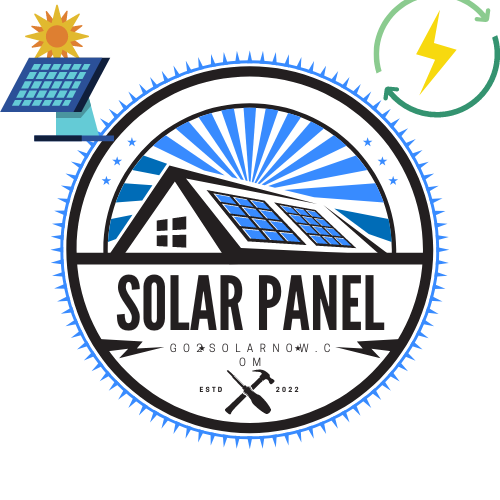DIY Solar vs. Grid-Tied Systems
Are you considering installing solar panels to reduce your carbon footprint and save on energy bills? If so, you may be wondering whether to go with a DIY solar system or a grid-tied system. While both options have their advantages and disadvantages, the choice ultimately depends on your budget, location, and energy needs. In this blog post, we will explore the pros and cons of DIY solar and grid-tied systems, and help you make an informed decision.
DIY Solar Systems
DIY solar systems, also known as off-grid systems, allow you to generate and store your own solar energy without relying on the electrical grid. These systems are typically cheaper than grid-tied systems and provide greater independence and control over your energy production. However, they require more planning, maintenance, and technical knowledge, and may not be suitable for all locations or energy needs.
Pros:
Lower cost: DIY solar systems are typically cheaper than grid-tied systems, as you don’t need to pay for connection fees or monthly bills.
Energy independence: DIY solar systems allow you to generate and store your own solar energy, which can provide greater independence and resilience in case of power outages or emergencies.
Environmental impact: DIY solar systems can help reduce your carbon footprint and contribute to a more sustainable future.
Cons:
Limited capacity: DIY solar systems are typically smaller and less powerful than grid-tied systems, and may not be sufficient to power all your appliances and devices.
Maintenance and repair: DIY solar systems require more maintenance and technical knowledge, as you need to monitor battery levels, clean panels, and replace components as needed.
Location constraints: DIY solar systems may not be suitable for all locations, especially those with limited sunlight or extreme weather conditions.
Grid-Tied Systems
Grid-tied systems, also known as on-grid systems, allow you to connect your solar panels to the electrical grid and sell excess energy back to your utility company. These systems are typically more expensive than DIY solar systems, but offer greater reliability, flexibility, and convenience. However, they may not be ideal for those who want to be fully independent or have limited access to the grid.
Pros:
Higher capacity: Grid-tied systems are typically larger and more powerful than DIY solar systems, and can provide enough energy to power your entire home or business.
Net metering: Grid-tied systems allow you to sell excess energy back to your utility company through net metering, which can help offset your energy costs and even earn you money.
Ease of use: Grid-tied systems require less maintenance and technical knowledge, as you can rely on your utility company for backup power and repairs.
Cons:
Higher cost: Grid-tied systems are typically more expensive than DIY solar systems, as you need to pay for connection fees, permits, and equipment costs.
Dependency on the grid: Grid-tied systems rely on the electrical grid for backup power and repairs, which may not be reliable in case of outages or emergencies.
Limited flexibility: Grid-tied systems may not be suitable for those who want to be fully independent or have limited access to the grid, as they require a stable and compatible grid connection.
DIY Solar vs. Grid-Tied Why Choose Go2SolarNow?
If you are looking for a reliable and experienced provider of solar energy solutions, look no further than Go2SolarNow. We believe that every customer deserves the best, and we strive to deliver customized and high-quality services that meet your specific needs and goals. Our team of experts can help you design, install, and maintain a solar system that maximizes your energy efficiency and savings, while minimizing your carbon footprint and environmental impact. We can guide you if you want to DIY. Contact us today to learn more about our products.
Outbound links:
https://energy.gov
https://www.eia.gov/renewable/
https://www.irena.org/
Internal Link

